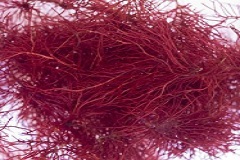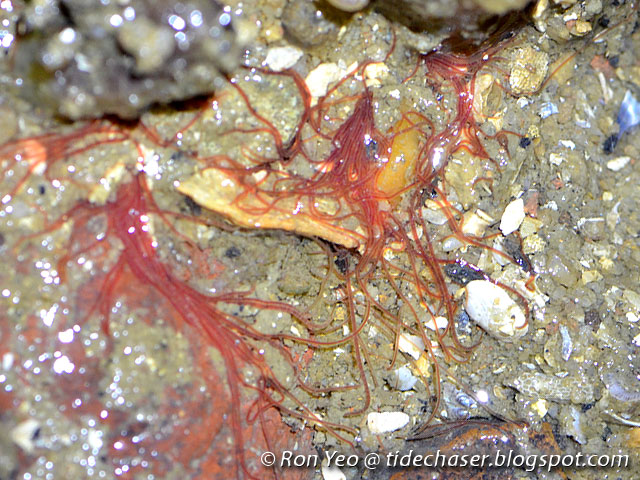+1
@nanoreefing4fun
@DianaKay has had some in her tank for years. Good worms to have. Here is an article on them.
Terebellid and Cirratulid polychaete worms:
http://reefkeeping.com/issues/2002-06/rs/
Recently, in the reef aquarium hobby another type of worm has been being called a "spaghetti" worm. These are "hair worms" in the family Cirratulidae. Cirratulids have a much more uniform body than do the terebellids. Each segment looks much like the next, and while a head is present, the remainder of the worm’s body is not divided into sections. There is neither a thorax nor an abdomen. Additionally, the cirratulids found in aquaria do not live in tubes but are found living free in the sediments below the surface. These are animals that may reach lengths of a couple inches and are, at most, about a sixteenth of an inch in diameter.
There are two types of cirratulids commonly seen in our aquaria, and they can be distinguished somewhat by their behavior. One type has a pair of long extensible feeding tentacles arising from the head region, and one type doesn’t; otherwise, their bodies appear similar. Both types are found living in the sediments about a half an inch or so below the surface. Those with the feeding tentacles send them up to the surface where they roam over the surface in search of food. Unlike the spaghetti worms which have a multitude of tentacles, there are only two feeding tentacles per cirratulid, and they are
bright red or brown, and normally have about the dimensions of a human hair. These tentacles will collect food by means of a ciliated gutter, similar to that found in a feeding tentacle of a spaghetti worm. Food particles are carried back to the cirratulid’s mouth, located just below the surface of the sediment. The bodies of these worms are often oriented vertically and extend deeper into the sediment. In addition to the two feeding tentacles or palps, dozens of other similar tentaculate structures are found arising from elsewhere on the body. These are the bright red gills, and they extend upwards to the sediment surface and either wiggle in the water or lay on the sediment. Cirratulids without feeding tentacles look quite similar to those with the feeding tentacles, but lack the feeding tentacles, and they feed by swallowing sediment particles and detritus, digesting the organic components. These are found living deeper in the sediments, and are often found oriented horizontally.







